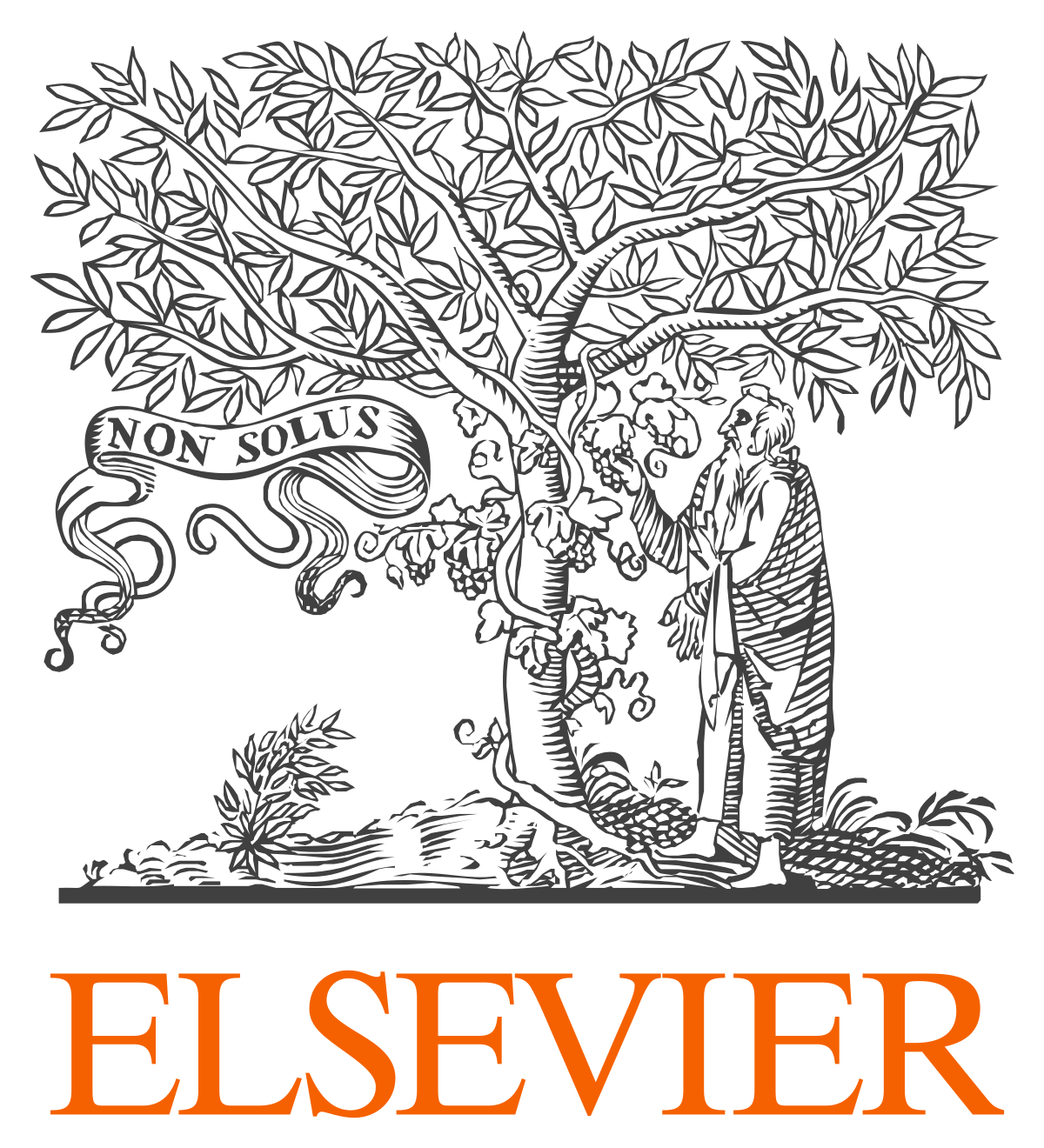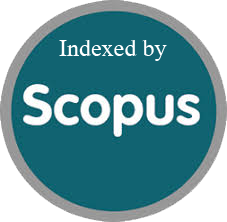HYBRID OPTIMIZED SEGMENTATION OF 3D BRAIN TUMOR IMAGES USING SHUFFLED FROG LEAPING ALGORITHM –TABU SEARCH AND EXPECTED MAXIMIZATION FRAMEWORK
Abstract
Image processing is one of the fundamental responsibilities to remove variable region and strong opinions from the Magnetic Resonance Imaging (MRI). Various segmentation algorithms developed to capture and to increase the accuracy of brain tumor detection. In the field of medical image processing, brain image segmentation recognized as a difficult and challenging part. In this work, the Expectation-Maximization (EM) segmentation applied for determining expected parameters of maximum-likelihood or Maximum a Posteriori (MAP) in a mathematical principle when the data are “incomplete” or need. This work introduces a novel hybrid optimization meta-heuristic called the Shuffled Frog Leaping Algorithm (SFLA) and Tabu Search (TS) for segmenting the 3D brain MR image data. SFLA is a memetic meta-heuristic based on the evolution of memes, delivered by interactive selves and global dissemination of knowledge between the frogs’ community. The effectiveness of the SFLA illustrated by its application in various tasks of image processing. The Tabu Search segmentation used to determine the combinatorial optimization problem and is an adaptive procedure that overcomes the constraints of local optimality. The empirical outcomes confirmed the effectiveness of the proposed 3D SFLA Tabu EM in improving the appearance of the 3D SFLA EM.




